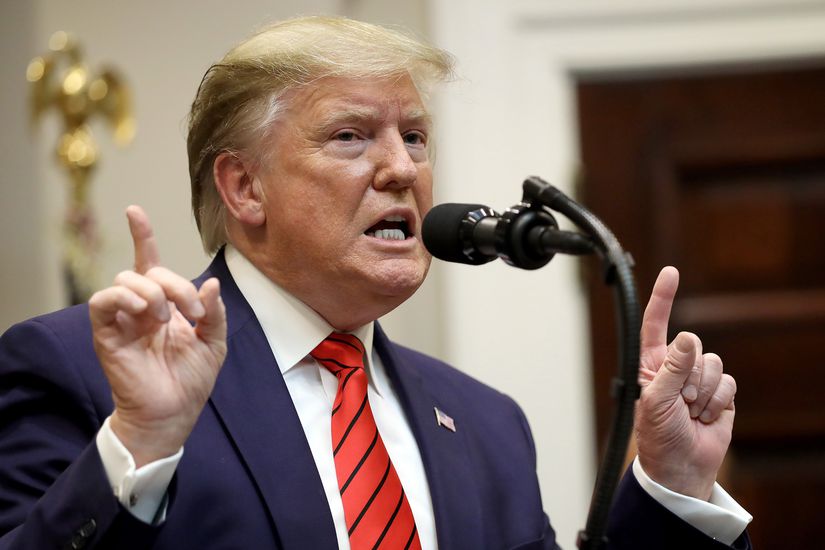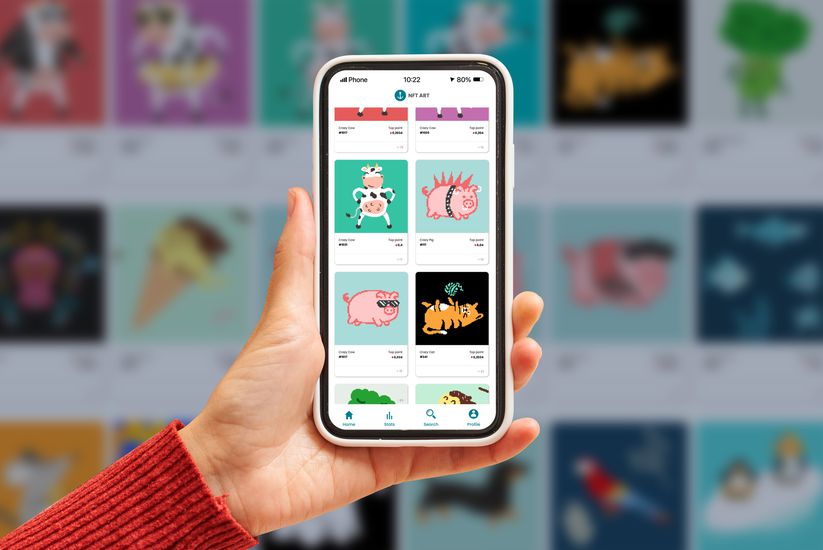Bubble Digits
Just understanding the “non-fungible token” is difficult, even for the tech savvy, but that doesn’t keep NFTs from selling for millions of dollars. Their purpose, after all, is to manufacture exclusivity, because owning a one-of-a-kind thing — say, the “Mona Lisa” — is light years from snapping a photo of the painting at a museum. When you buy an NFT, you're actually buying a line of unalterable software code (the “token”) that records sales; you use digital currency such as Bitcoin to make the purchase on the “blockchain,” a record book everyone can see. That lets you prove you’re the sole owner of some kind of asset, whether it's a Tweet, a plot of “land” in a video game, an undrinkable beer, a two-minute video of a cat purring or, most commonly, digital artwork. That means that people have been buying and selling all kinds of weird stuff, including photoshopped images of a former president, and sometimes for vast sums of money — a possible new kind of tech bubble.
Related: Things You Wanted to Know About Cryptocurrencies but Were Afraid to Ask





























